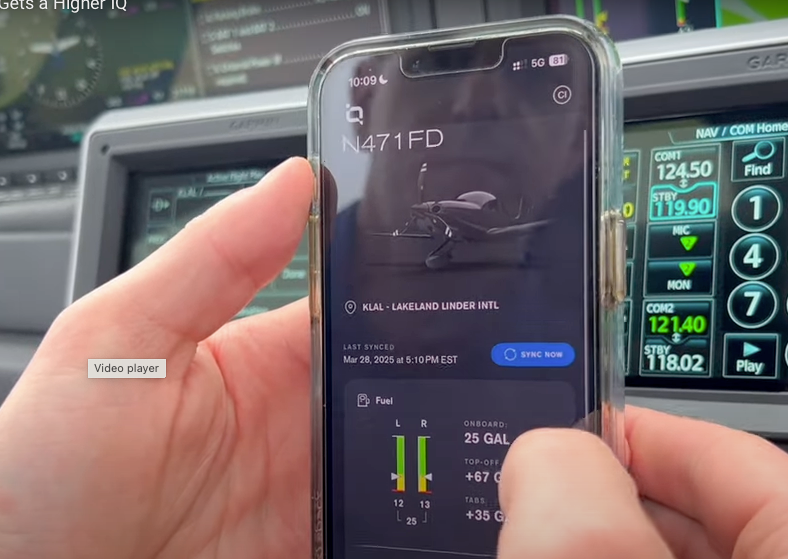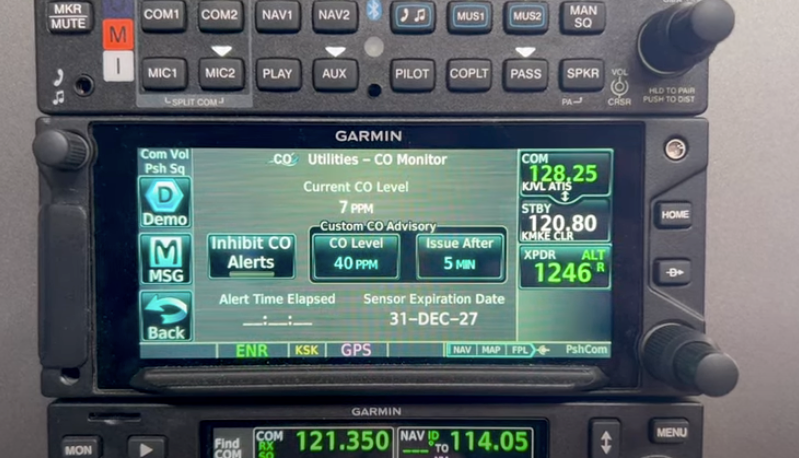You Can’t Put a Label on EAA
None of us want to be labeled. Yes, we all have our professional skills, our favorite activities, personal beliefs, and attitudes about everything from what we eat to where we live. But slap a label on us, and we are confined. A label puts one in a pigeonhole unable to grow and change and, well, experiment.
None of us want to be labeled. Yes, we all have our professional skills, our favorite activities, personal beliefs, and attitudes about everything from what we eat to where we live. But slap a label on us, and we are confined. A label puts one in a pigeonhole unable to grow and change and, well, experiment.
No matter how hard we try to avoid being labeled, others will insist. And that's an issue I see for us EAAers. The aviation world has put a label on EAA and many have stuck us in that pigeonhole, and that is something we can't allow to happen.
EAA was founded 60 years ago by people who wanted to build their own airplanes. The very first homebuilts were air racers and aerobatic airplanes, even though we called it acrobatics back then. They were single-seaters with a very limited mission.
But almost immediately Steve Wittman designed the Tailwind, an adaptation of his famous racing airplanes. The Tailwind could carry a passenger, so among its many capabilities was the option for speedy travel. Suddenly EAA was expanding from single-purpose homebuilts into personal air travel. And the EAA expansion continues to this day.
So what is EAA? I think the FAA has a pretty good definition. The FAA says general aviation is all flying that is not airline or military. Does that describe EAA? I think it comes close.
But an even better definition of what EAA is all about is personal aviation. General aviation in the FAA sense includes some forms of commercial flying such as charter, or business flying with paid pilots, or even agricultural flying. But personal flying describes what EAAers do, and what we do our best to protect and support.
EAAers are interested, at least a little, in everything that flies. Even though you may invest your time and money most heavily in building an airplane, or restoring a classic, or in keeping a warbird flying, you support all forms of personal aviation. And so do I.
I have been fortunate enough to have flown myself to where I wanted to go in one of the fastest civilian airplanes. But I also tinker with and fly two warbird trainers. And I lavish attention on a classic with very important historical meaning to me. And years ago my late father and I built a kit airplane. Today I am trying to find time to finish an Acro Sport II.
I don't fly my PT-22 to a meeting I need to attend, but I do maintain my skills and am confident flying in the system and in most weather. That doesn't make me a business-only pilot anymore than knocking around in the Stearman makes me only a warbirder.
And that's what is important about EAA. We welcome and work to protect the interests of all who fly for any personal reason. What you fly and why you fly are not important, but protecting the freedom to pursue your own personal aviation goals is crucial, and what EAA works for every day.
The reality is that the big majority of EAAers participate in many aspects of personal aviation. And over a flying lifetime what we fly and why will almost certainly change. While I now fly trips on a schedule in the system for business reasons, I relish the free time I have to fly around the patch with friends on a sunny day in a novel aircraft. That is the breadth of EAA and what makes it fun and fascinating.
So, please, don't allow EAA to be labeled and stuck in some pigeonhole. Our goal is to help make all forms of personal aviation accessible and to protect our freedom to fly what we want and where we want. Whether your airplane was built in a factory last week, built by a defense contractor 70 years ago, or came out of your garage, you are an EAAer and we all share the common bonds of flight, and the need to stick together to promote and protect our rights to fly.
This article was first published in EAA's Sport Aviation magazine and appears here with permission.






